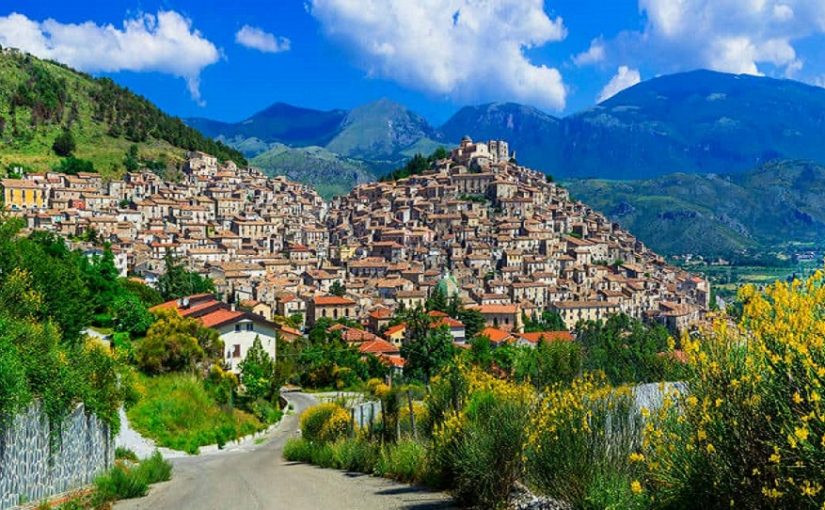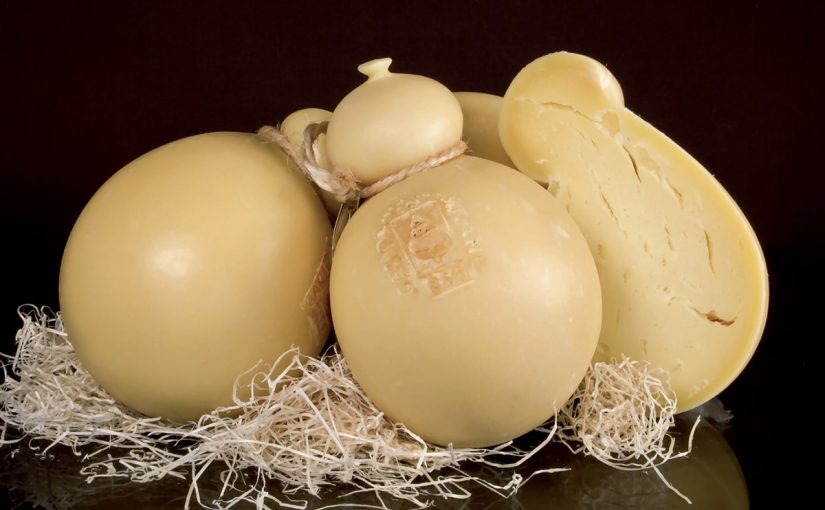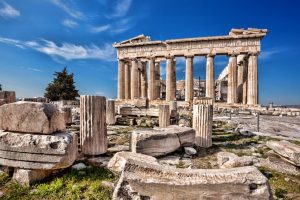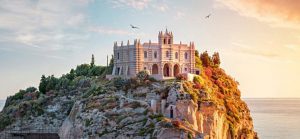16.7.2019
From the scents of the green pastures that surround the magnificent village of Morano Calabro a cheese from the ancient tradition is born, loved by nobles and peasants. It is the white and soft, and contains aromas and flavors of the ferns on which it is laid. Further, it is fat, fresh and characterized by an outer surface devoid of white porcelain crust, of the same shade as the pasta which is also soft, smooth and moist. The taste is delicate and pleasantly aromatic thanks to the hints given by fern leaves.
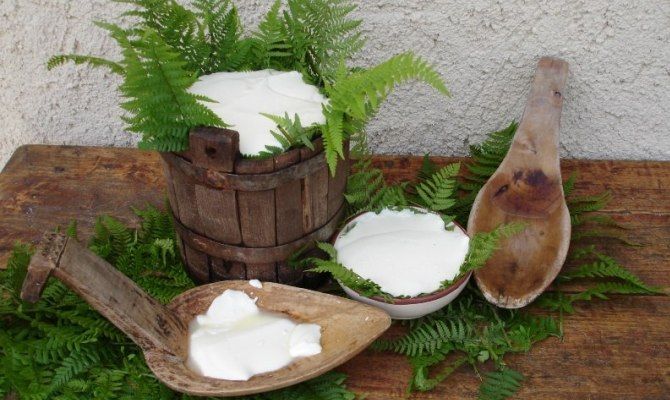
This cheese is called “felciata” of Morano, is a cheese of mostly goat’s (and a little sheep’s) milk, made in the summer, and is, indeed, called “felciata”, because takes its name from the custom of laying it on ferns.
Precisely, after heating and coagulating of the milk, the cheese, so obtained, is traditionally set in a wooden bucket filled with ferns (in Italian the ferns are called “felci”, this explains the name of the cheese, “felciata”).
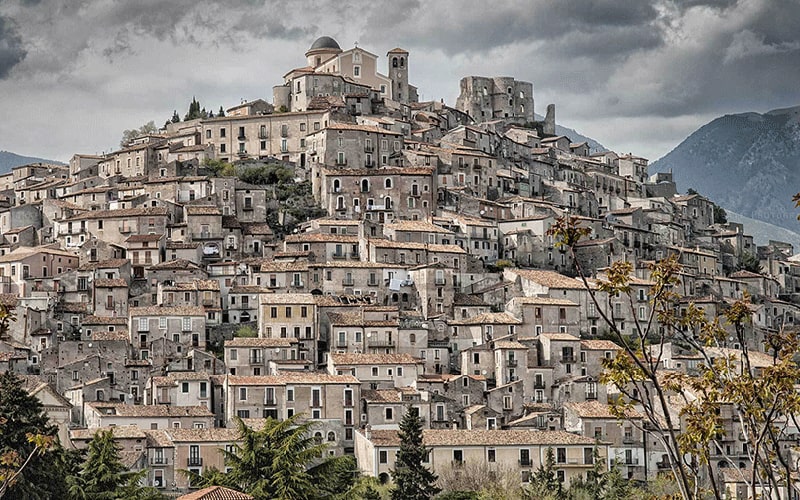
Once produced, this wonderful cheese is best eaten fresh, while still warm.
THE NAME
Nowadays, the denomination “Felciata” is one of the Calabrian cheeses included in the list of Traditional Agri-food Products (TAP, but in Italian the acronym is “PAT”) of the Ministry of Agricultural, Food and Forestry Policies.
Called also “a filicèta” in the dialect of Morano Calabro, the “felciata” takes its name, as said before, from the fern leaves in which it is wrapped, taking on the characteristic aromas that distinguish them.

THE TRADITION
That of the ferns of Morano Calabro is an ancient recipe closely linked to the Calabrian pastoral tradition, probably handed down from father to son.
Soft and creamy, it was particularly appreciated by the noble families who consumed it regularly and was used as a bargaining chip by local artisans, who offered the producers the mulberry buckets used for its production, in exchange for some of the delicious cheese.
Such were (and are) its whiteness, its delicacy and its freshness, that the felciata, as reported in an ancient Calabrian text, was often called “Pane degli Angeli”.

Today, to safeguard and promote its production and avoid its disappearance, the Slow Food Foundation has chosen to protect the delicious Calabrian cheese by including it in its Arca del Gusto project.
THE TERRITORY
The narrow streets of Morano and the houses that seem to cling to each other and, in turn, anchored to the soft sides of a hill surrounded by woods and mountains, make it one of the most picturesque villages in all of Calabria. It is no coincidence that the town has been included in the circuit of the most beautiful villages in Italy.
From the first glance, when approaching the historic center you can see the surprising vernacular architecture and its poor-style buildings that embrace, almost melting into each other, climbing up to the castle that dominates them from above.
At the end of the walking, from the castle, dominating the panorama, you can finally realize why this little stone jewel is considered so charming.
PRODUCTION
The felciata is generally produced in the late spring and summer season during the months between May and September. In this period, in fact, the lush mountain pastures of the Pollino massif give the milk the most pleasant and intense aromas, flavors and smells. Today it is not easy to find it in Calabrian dairies but it is worth looking for it to taste its delicacy. Who is in Morano Calbro can buy it at the local Caseficio, which produces only organic cheeses.
TRADITIONAL RECIPE
The traditional Recipe of Felciata in Morano Calabro requests goat’s milk, coming from animals that are rigorously grazed and added with a very small percentage of sheep’s milk. Then , the milk is filtered with ferns and then heated in the appropriate copper boilers at a temperature of about 34 ° C.
Then, it is added goat or lamb rennet produced on the farm. While waiting for complete coagulation, the best sprigs of ferns are arranged by choosing those of a certain consistency from the apical part of the plant. After 30-45 minutes, the curd is picked with the coachman (a typical maple wood tool) and transferred to mulberry-wood buckets, making sure to form homogeneous layers of curd and ferns. Now glass, ceramic or terracotta containers are also used.
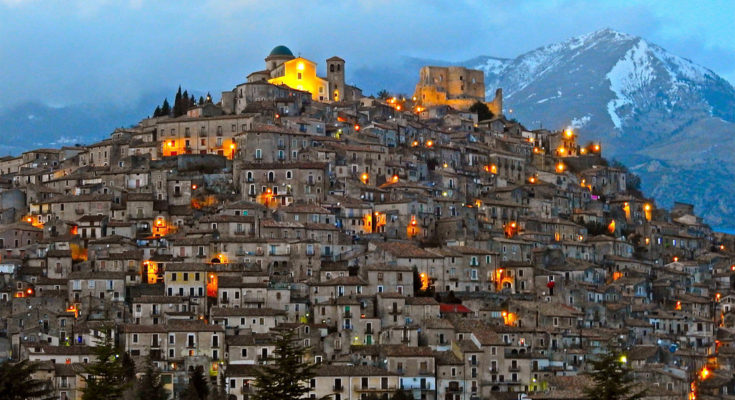
GASTRONOMY
To appreciate every taste and olfactory note of this cheese it is advisable to eat the “felciata” on the same day it is produced, even when it is still hot. It can be consumed alone or flavored with acacia honey. It goes nicely with dried fruit, but it is also delicious when drizzled with just a little oil. It goes well with dry and light white wines.

